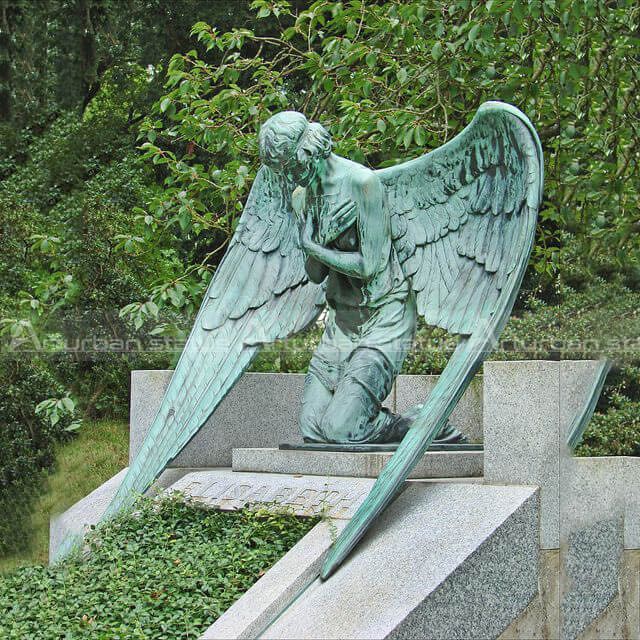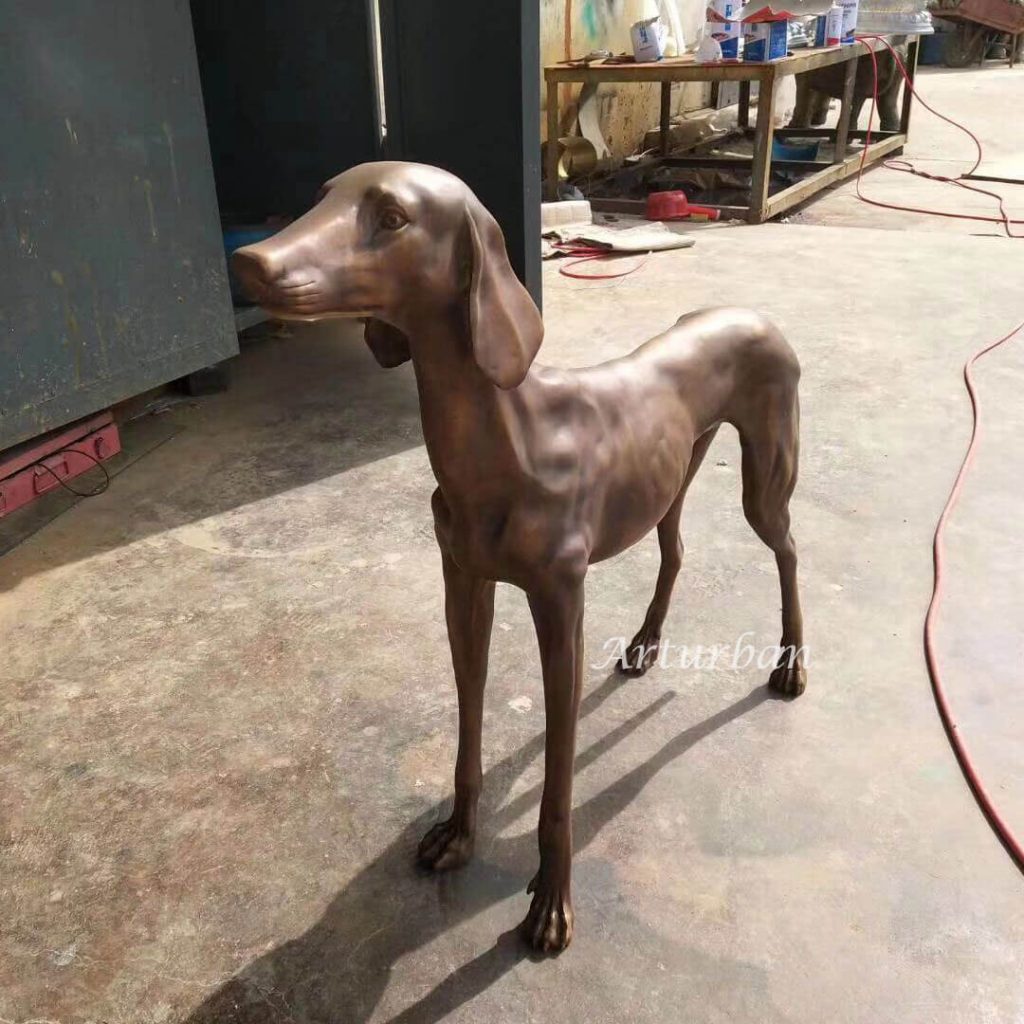Sculpture is an ancient and rich art, through which artists can express rich emotions, thoughts, and creativity. How to create a sculpture? Sculpture production is a challenging and creative process that requires artists to integrate technology, aesthetics, and inspiration. This article will delve into the artistic journey of sculpture creation, introducing the basic steps, technical points, and qualities that artists should possess, helping readers better understand and appreciate the mysteries of sculpture art.
1. Inspiration and conception

The first step in sculpture creation is to seek inspiration and ideas. Artists can draw inspiration from life and construct creative ideas by delving into and observing nature, characters, history, and other aspects. At this stage, creators can make preliminary sketches, textual descriptions, and even sculpture models to establish the overall image and basic composition of the sculpture.
2. Select materials

The materials used for sculpture are diverse, including stone, bronze, fiberglass, metal, stainless steel, etc. Choosing the appropriate materials is crucial for the final effect of sculpture. Different materials have different textures, plasticity, and expressive power, and artists need to choose the most suitable materials based on their creative intentions and technical proficiency.
3. Preparation work

Before officially starting production, artists need to do some preparatory work. This includes determining the size of the sculpture, establishing a model or sculpture base, and preparing the necessary tools and equipment. At this stage, precise planning and design of the overall structure and details of the sculpture is crucial.
4.Sculpture techniques

The techniques of sculpture include many aspects, such as carving, chiseling, carving, shaping, welding, etc. Artists need to flexibly apply these techniques based on their chosen materials and sculpture styles. Proficient technical skills can make sculptures more expressive and better showcase the artist’s creativity.
5. Shape shaping

In the stage of shaping the form of sculpture, artists will begin to carve or shape the overall shape of the sculpture. This is a process that requires precision and patience. The artist gradually presents the image of the sculpture by grasping the materials and adjusting the shape. This stage requires artists to have a clear understanding of their own creations and to flexibly use sculpture tools.
6. Detail carving

Detail is the essence of sculpture. During the carving process, artists need to pay attention to every detail of the sculpture, including facial expressions, muscle lines, clothing wrinkles, etc. Through delicate carving, artists can make sculptures more expressive and vibrant.
7. Surface treatment

After completing the main body of the sculpture, the artist needs to treat the surface of the sculpture. This may include steps such as polishing, polishing, coloring, or painting to achieve the artist’s expected visual effect. Surface treatment can not only protect sculptures, but also enhance their overall beauty.
8. Display and presentation

Finally, after the sculpture is completed, the artist needs to consider how to best showcase and present the work. This may involve selecting suitable exhibition venues, making display bases, designing exhibition layouts, and so on. The display of artworks is an extension of the sculpture creation process, which can provide the audience with a better appreciation experience.
How to create a sculpture is a challenging and creative task that requires artists to fully immerse themselves in it. By capturing inspiration, selecting materials, applying techniques, and meticulous expression, artists can create sculpture works that are rich in personality and depth. The charm of sculpture lies not only in its artistic form, but also in its embodiment of the creator’s skills and aesthetic pursuit, allowing viewers to feel the magic of art through touch and observation.



